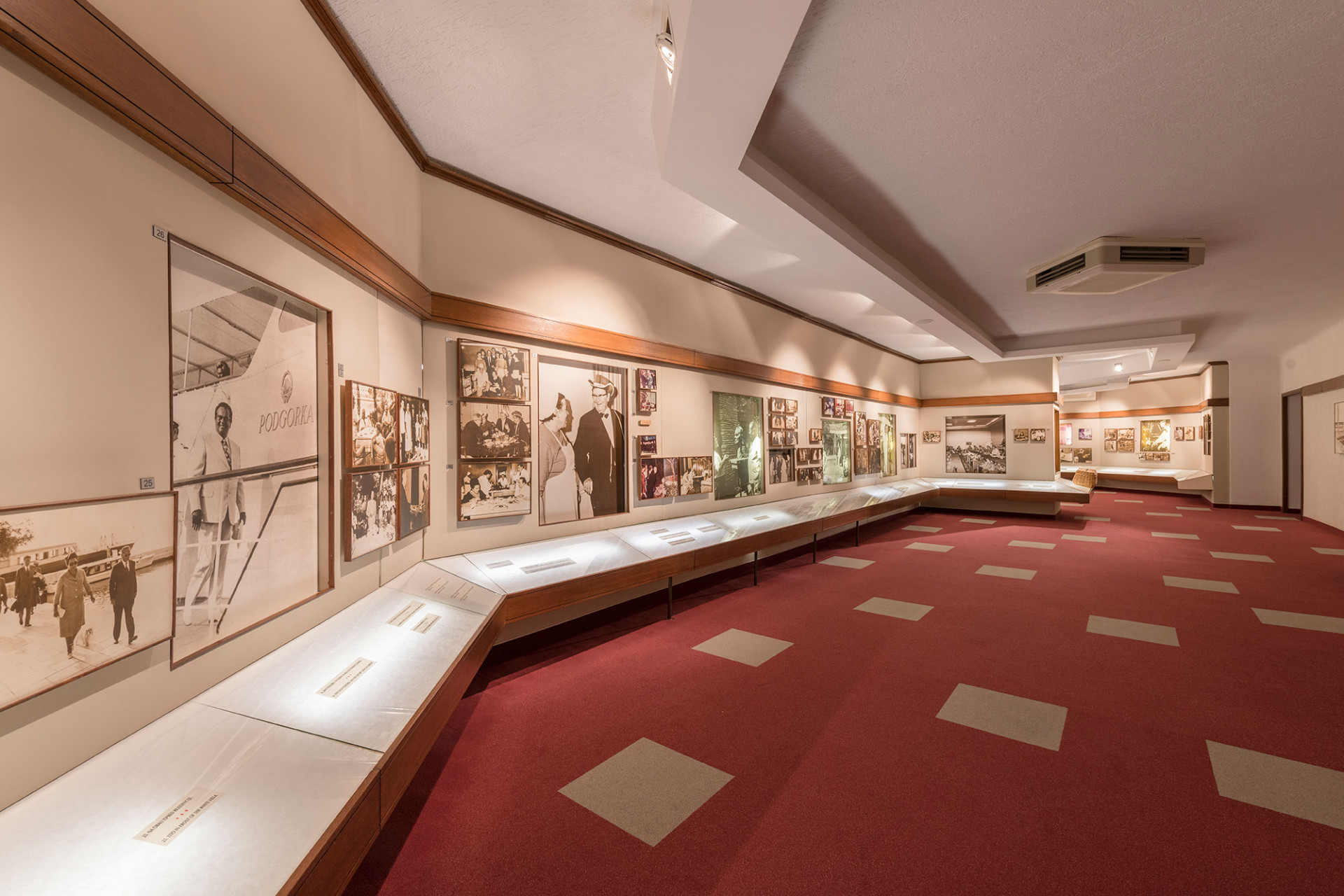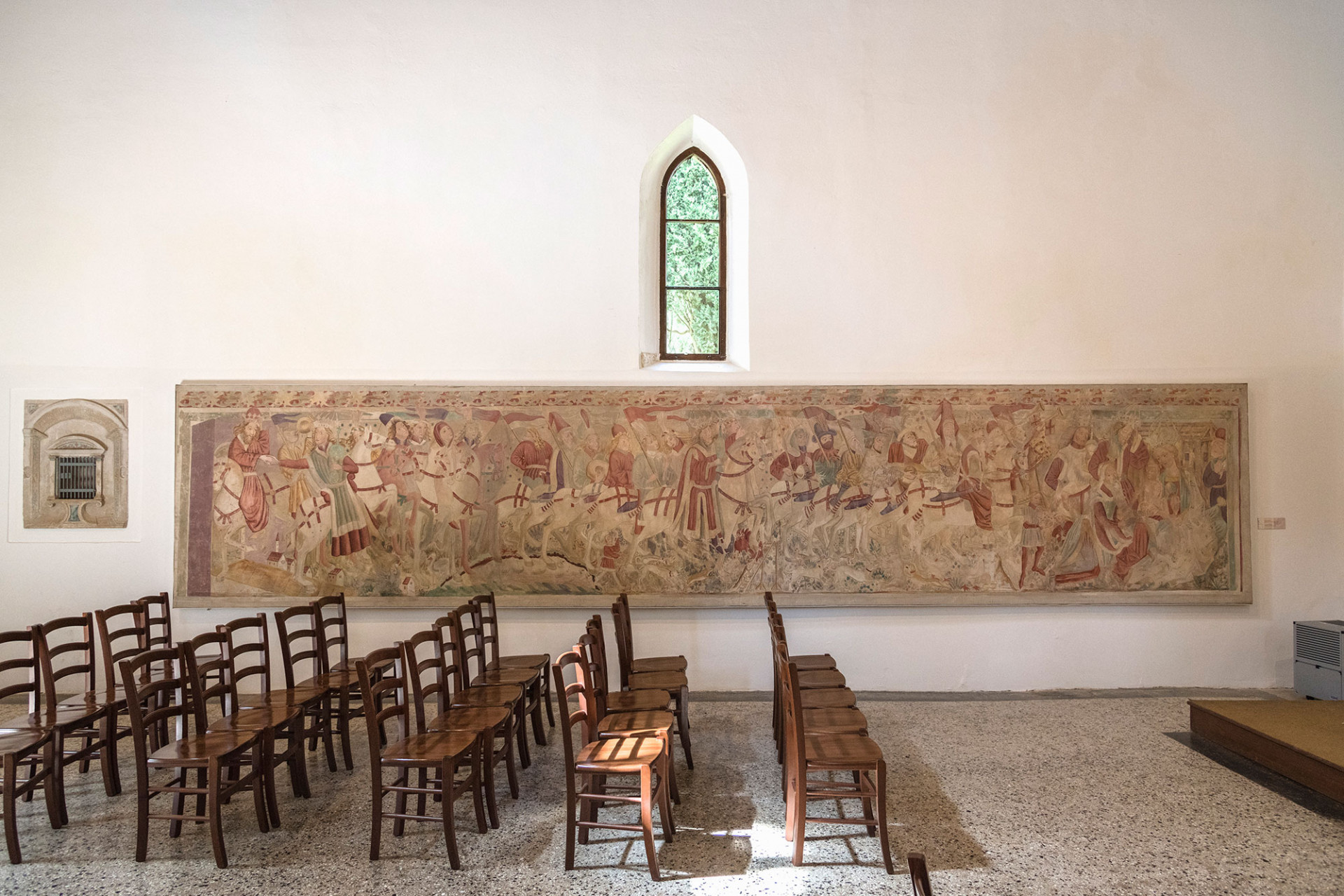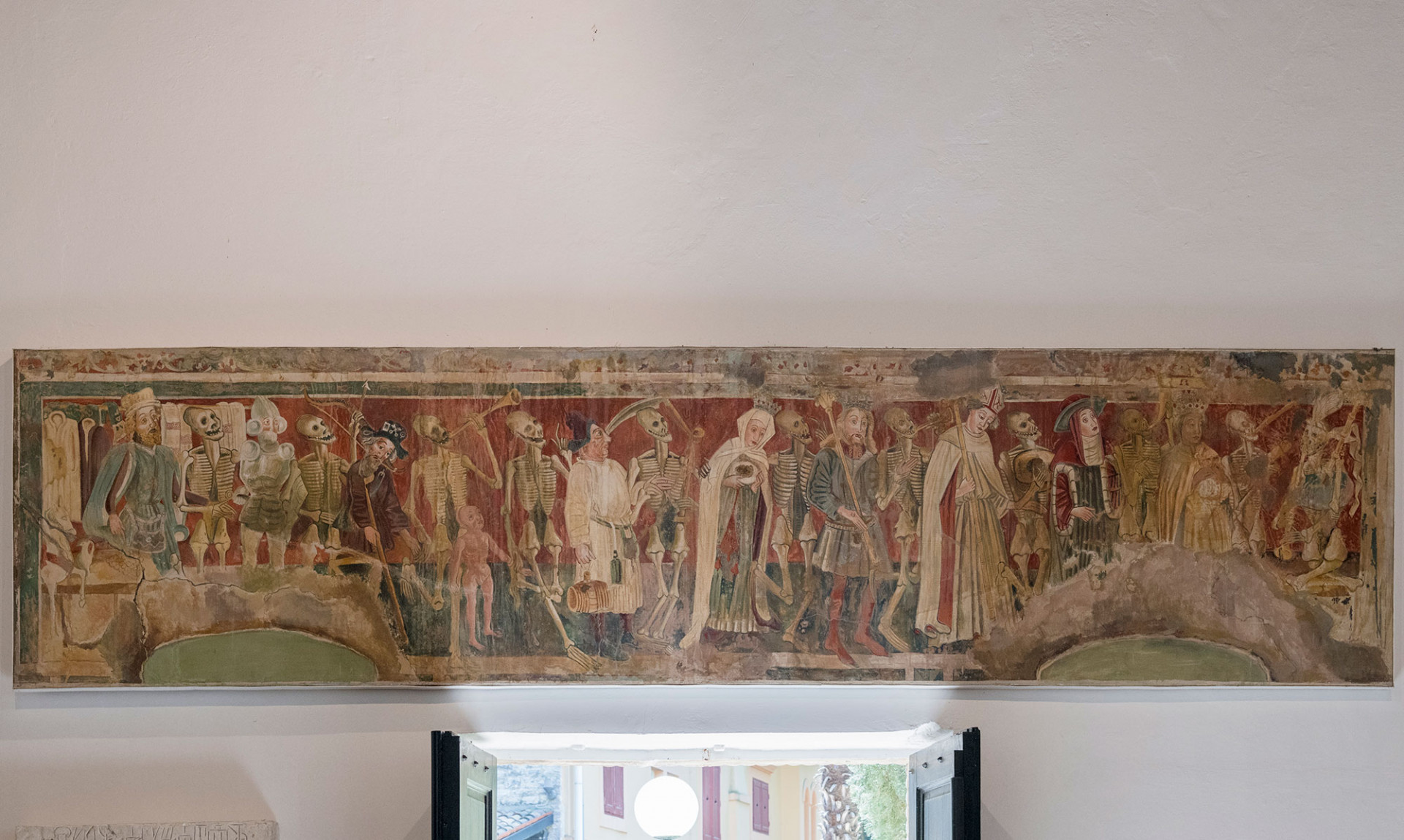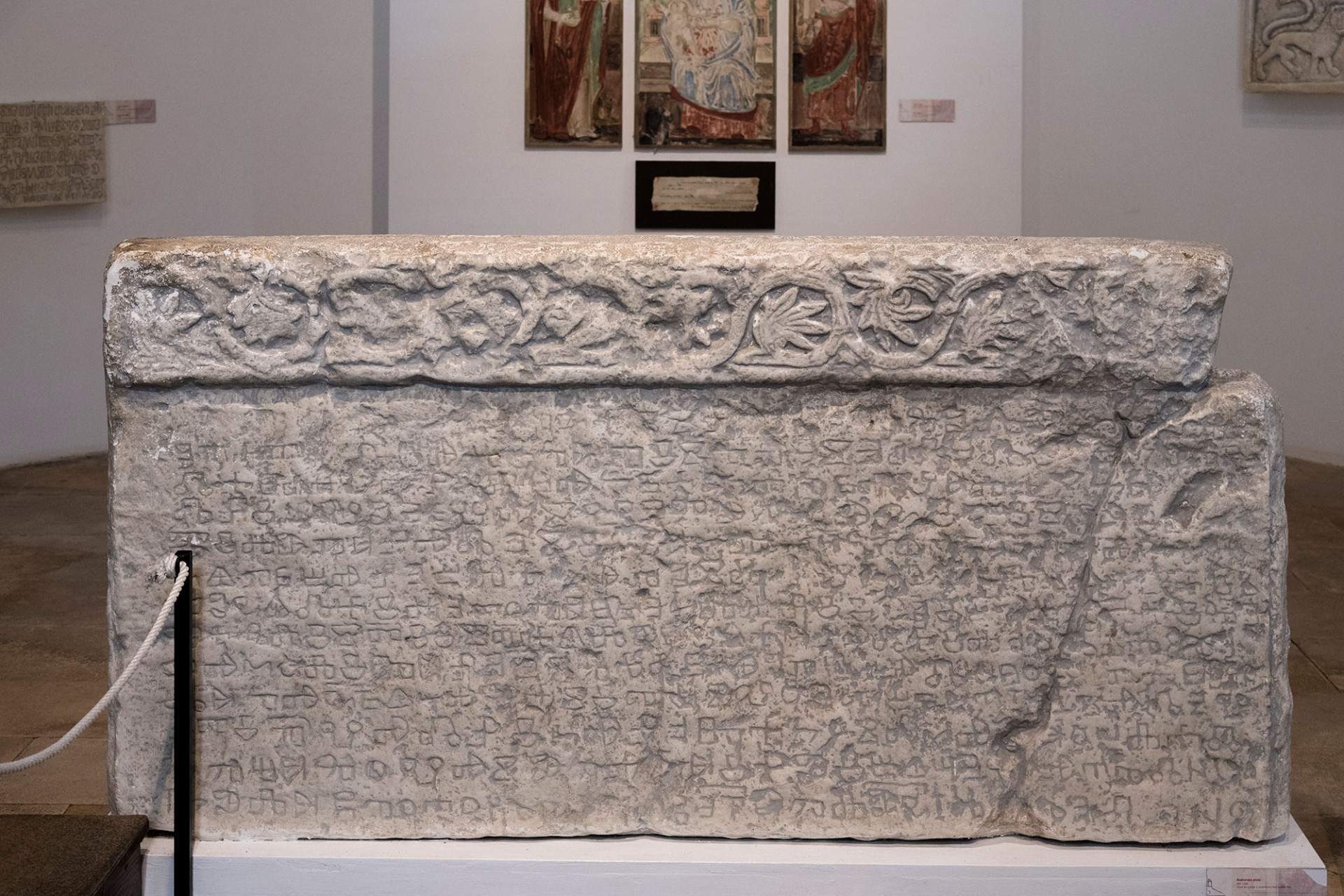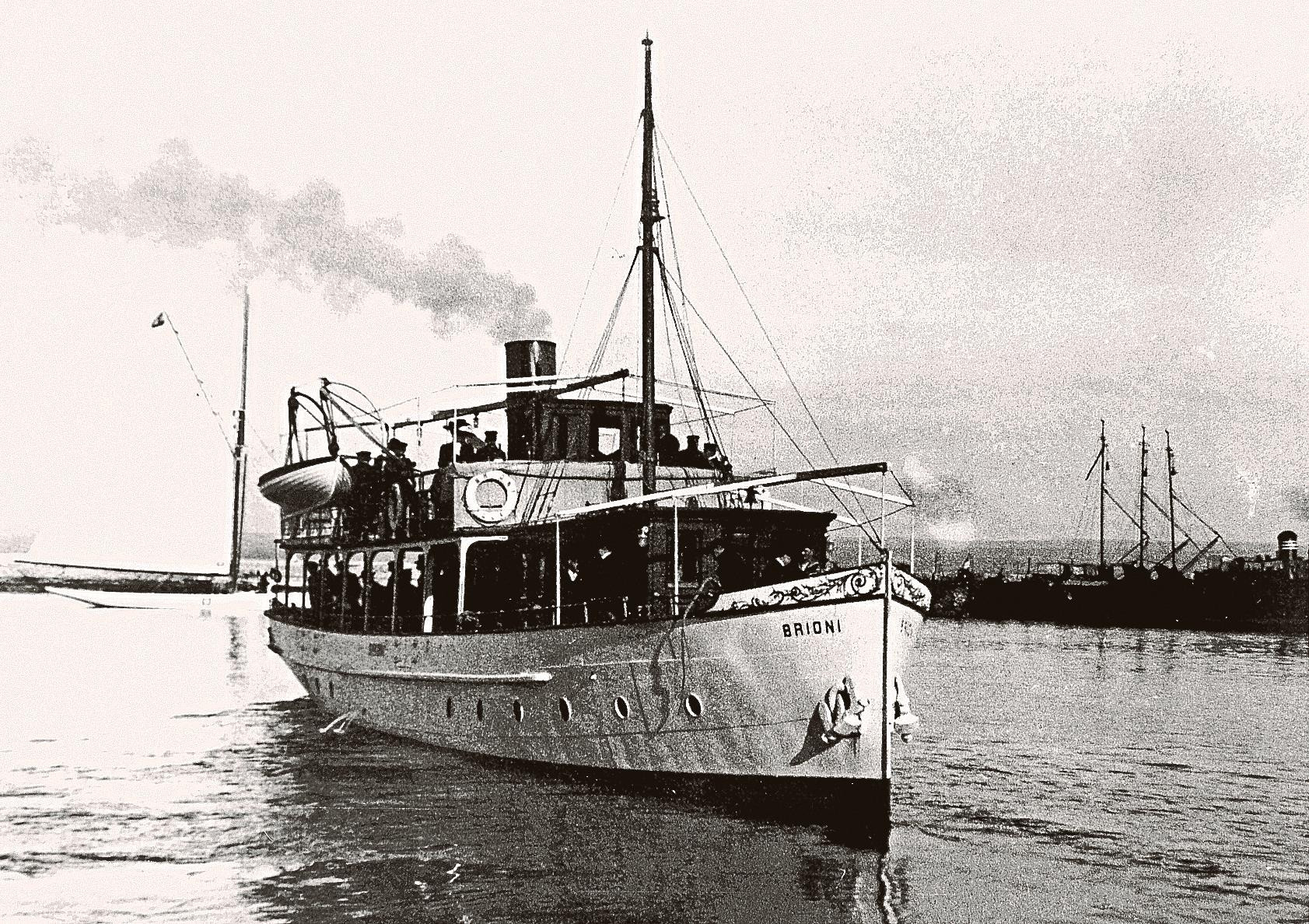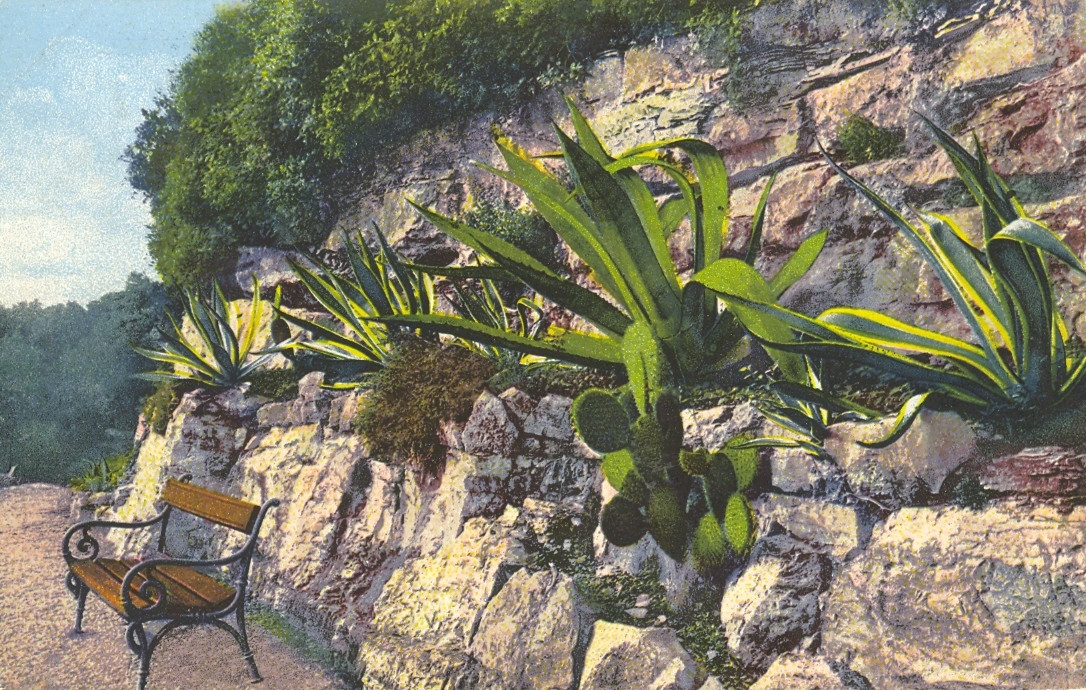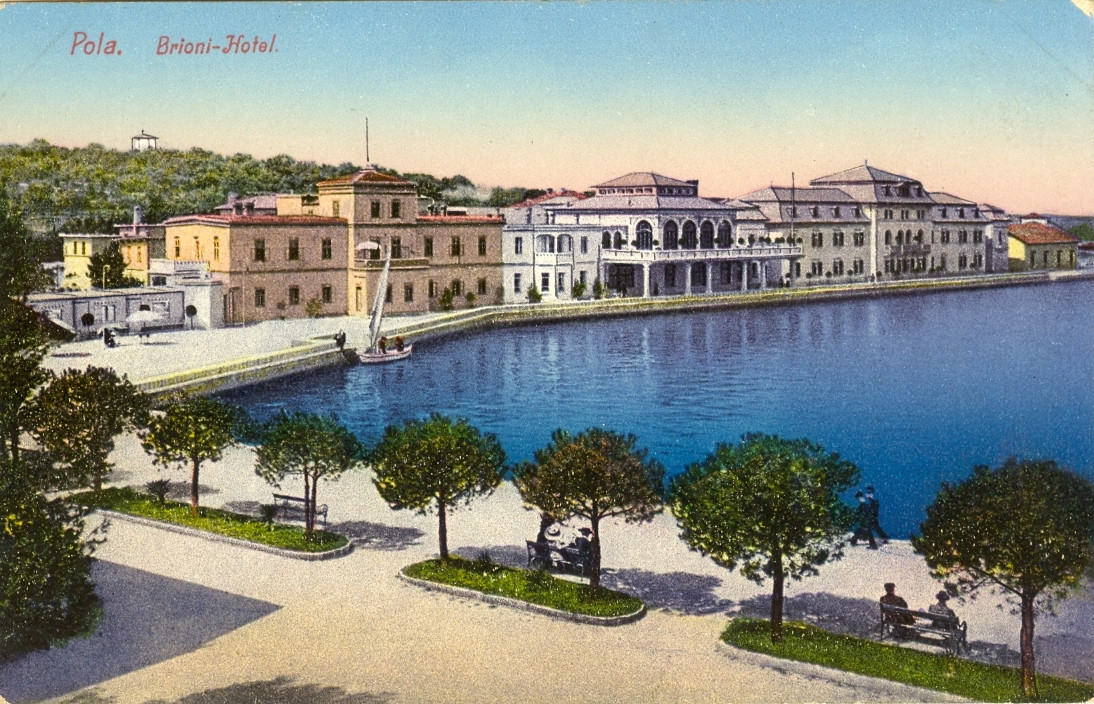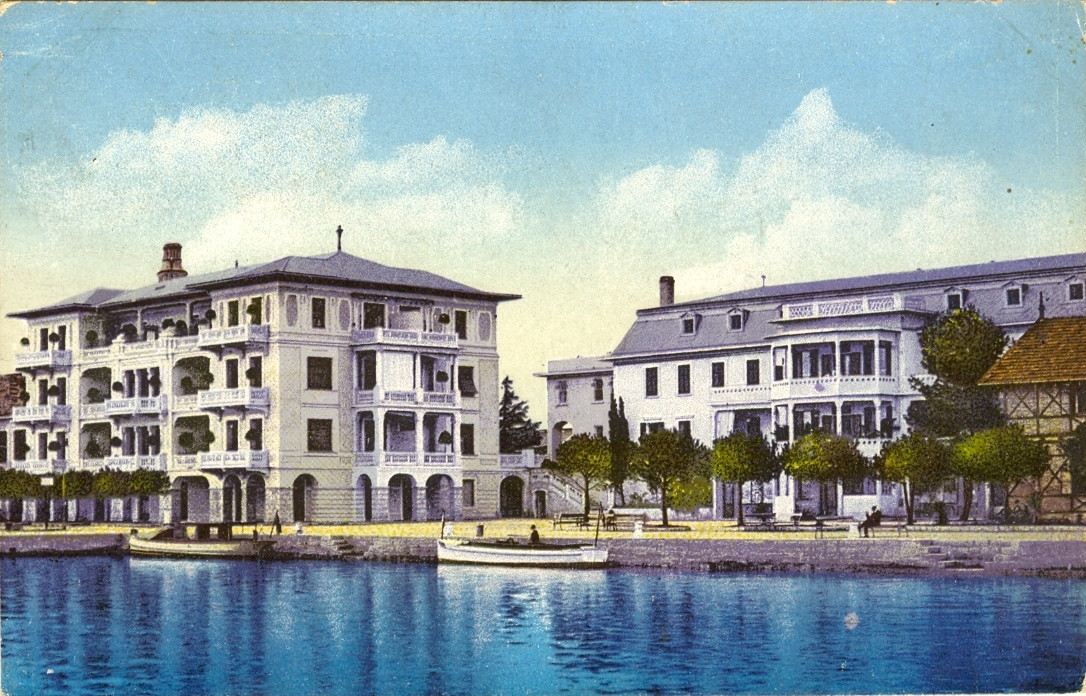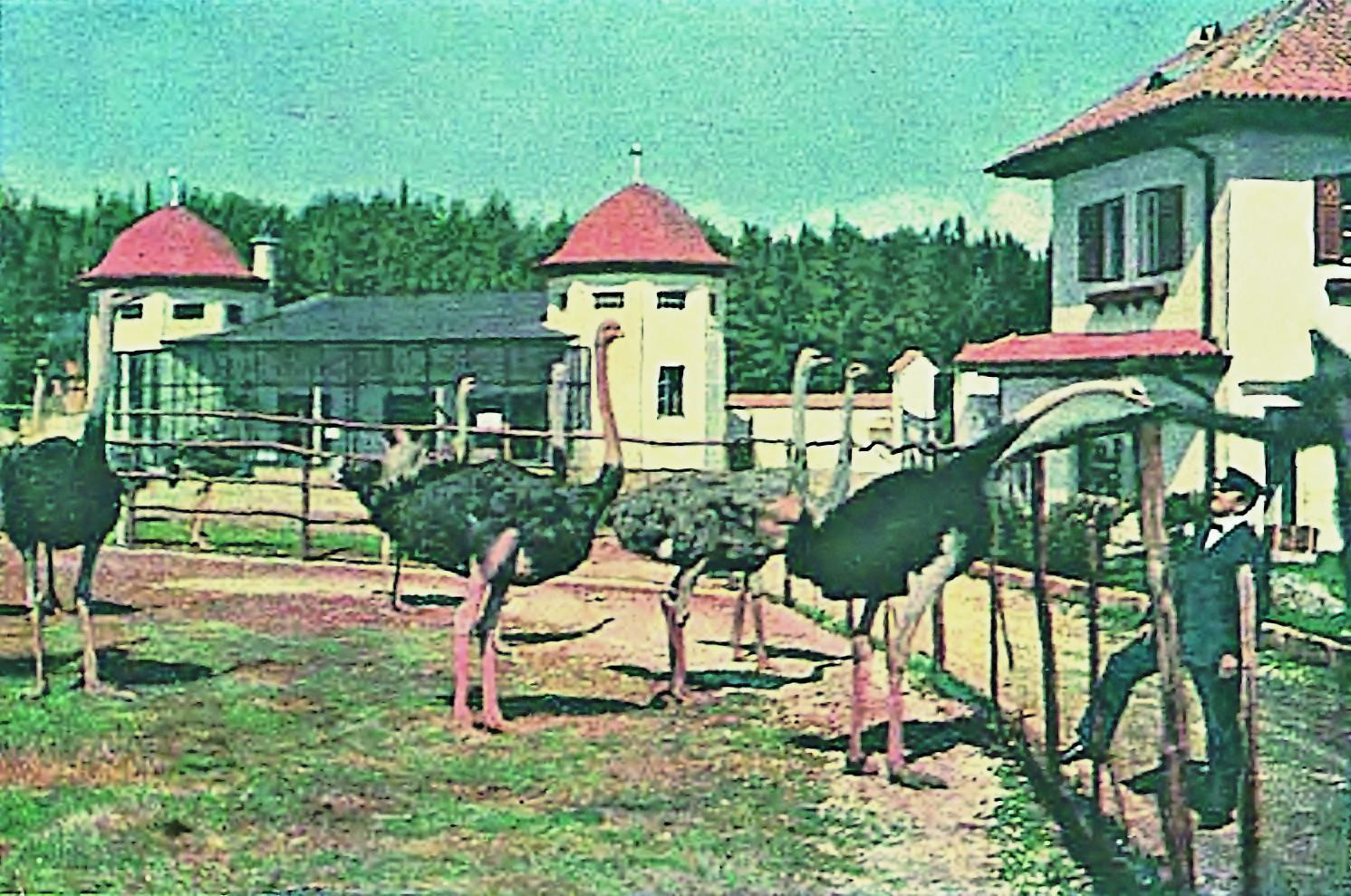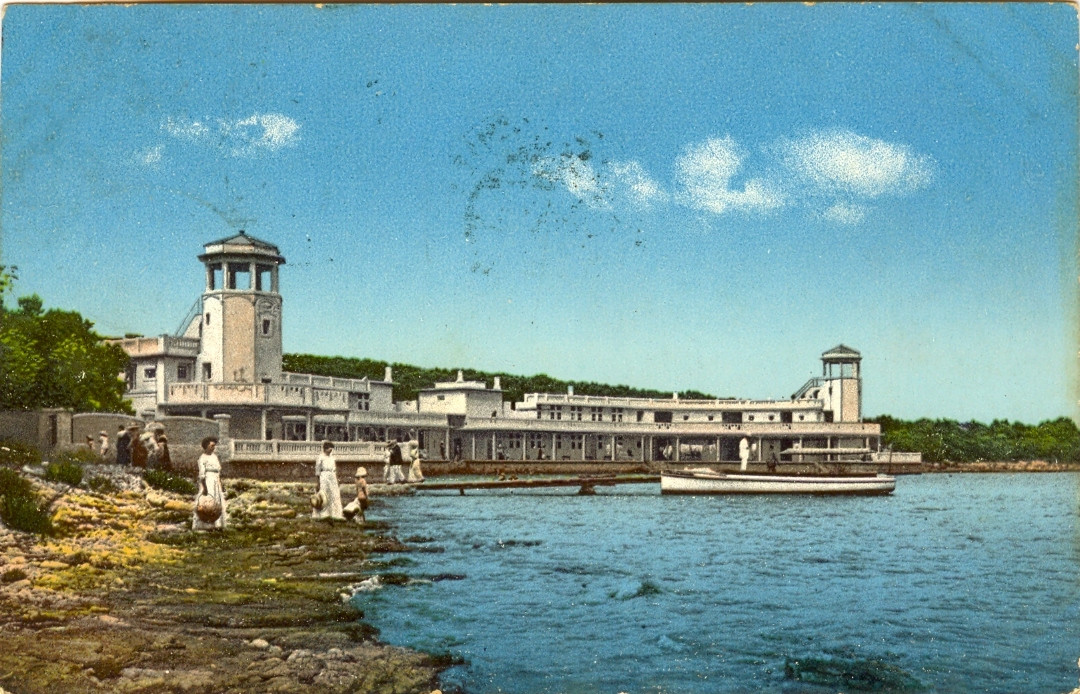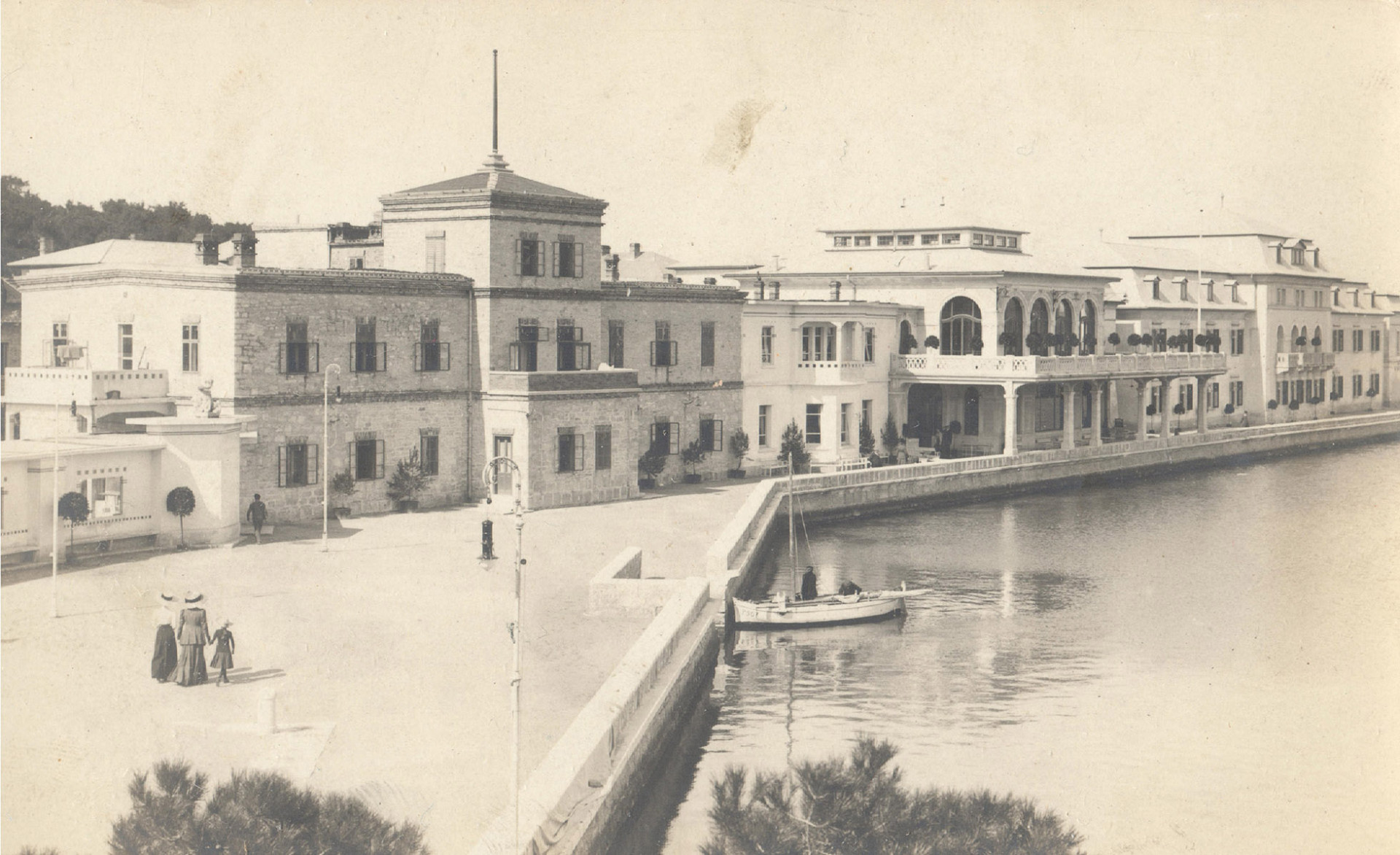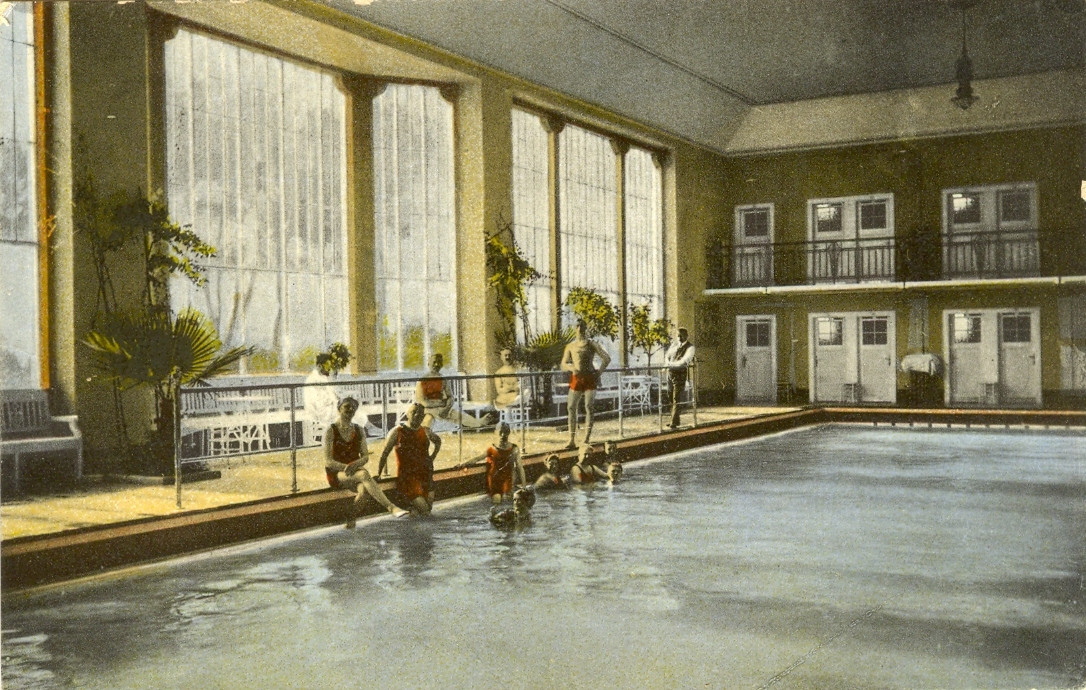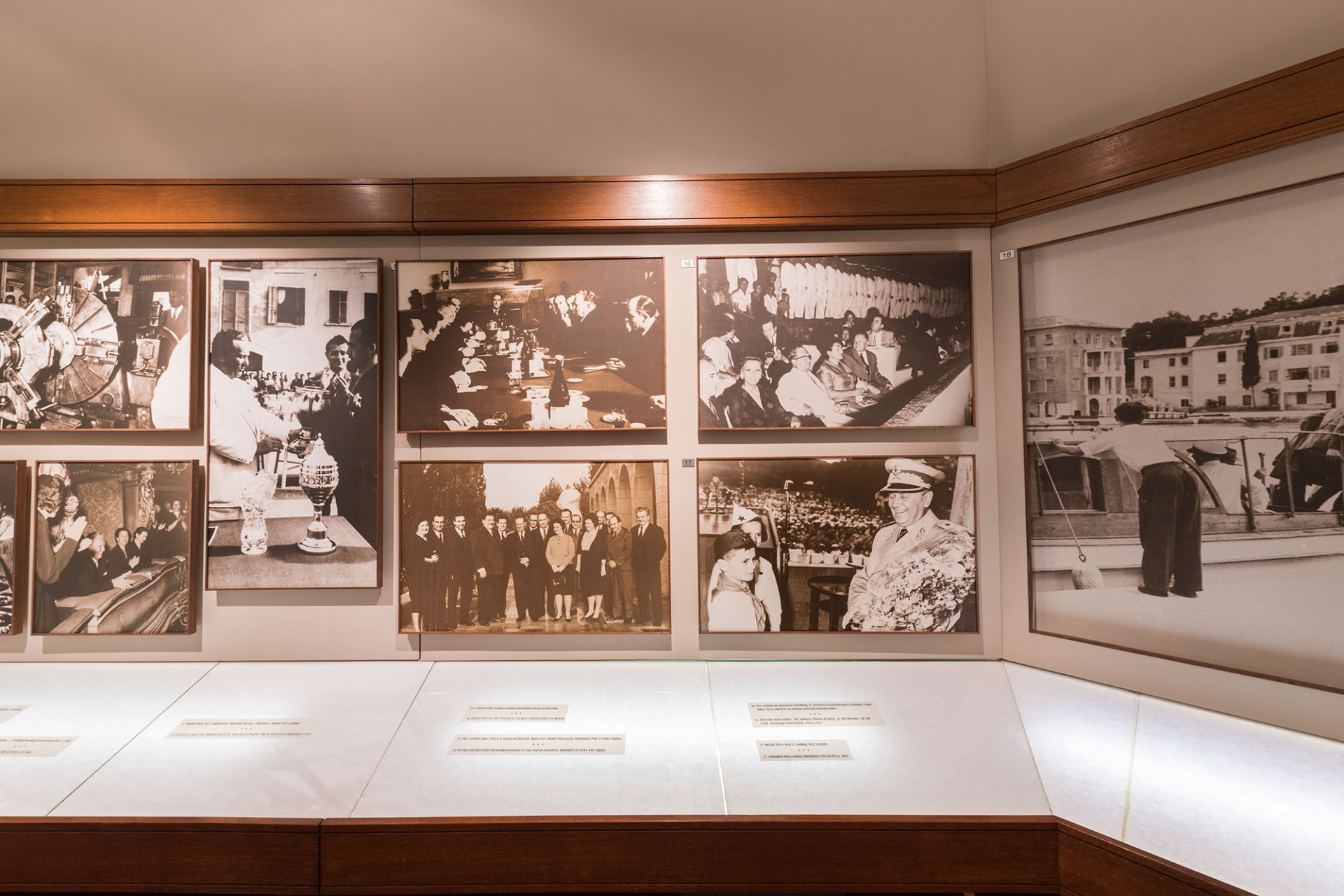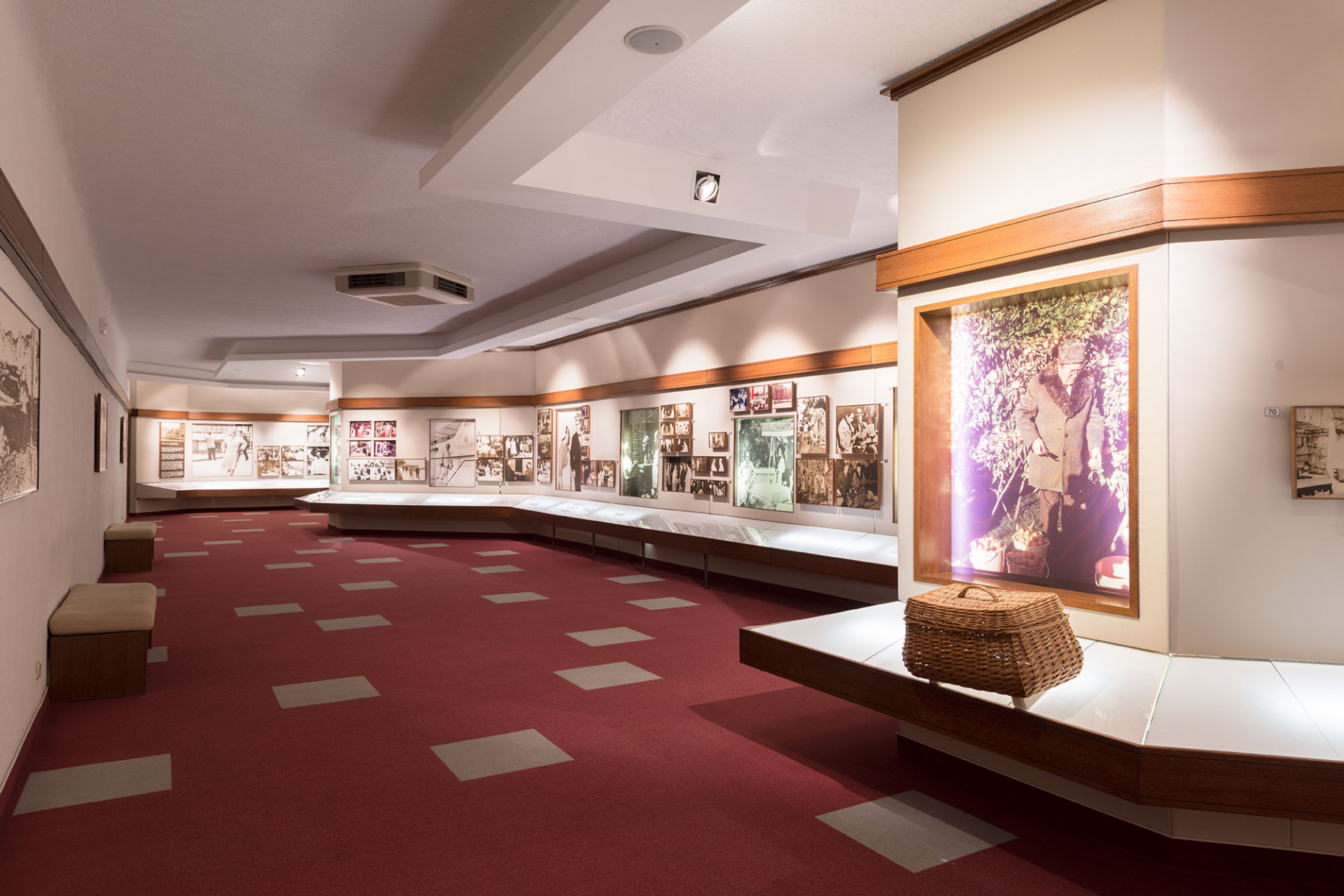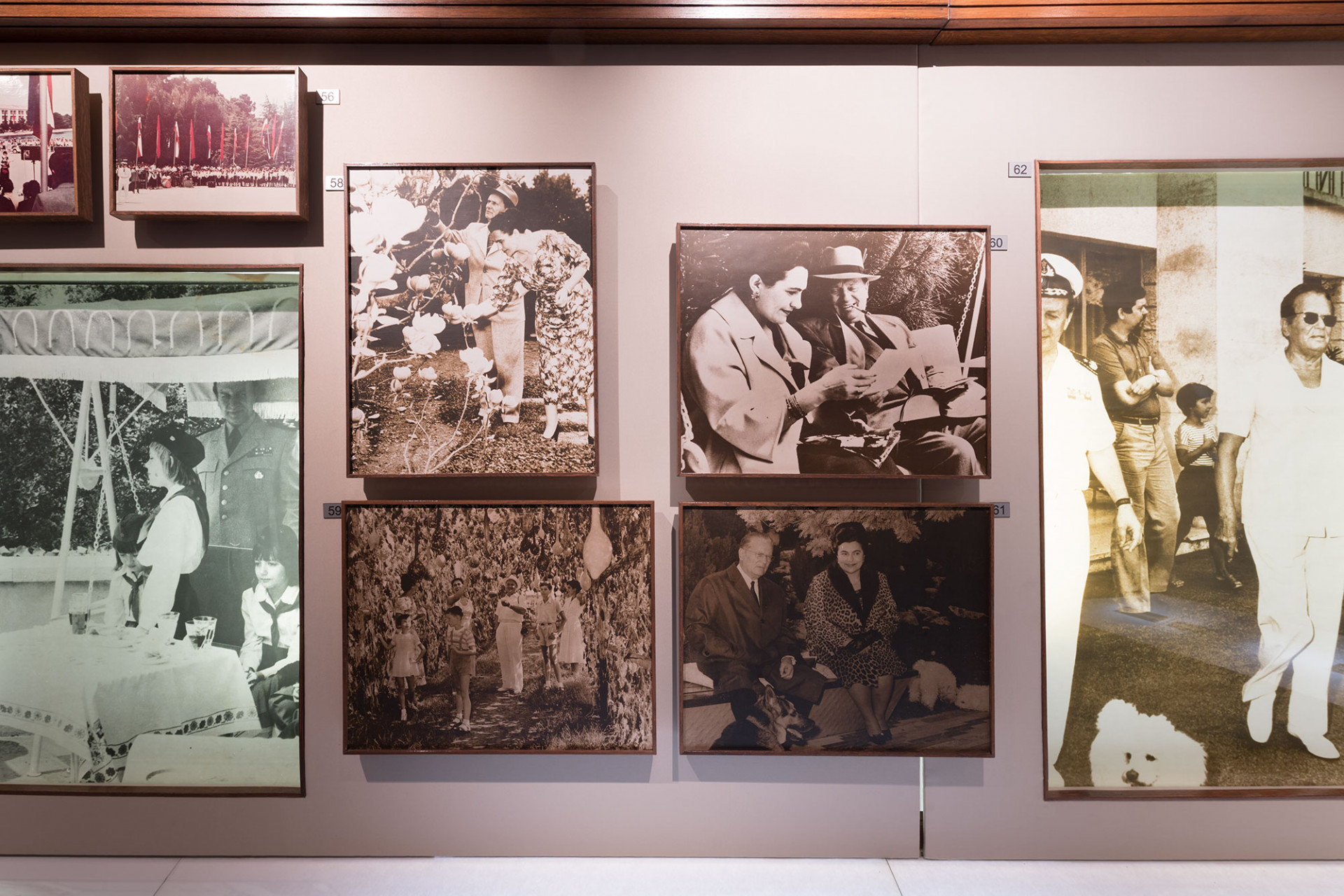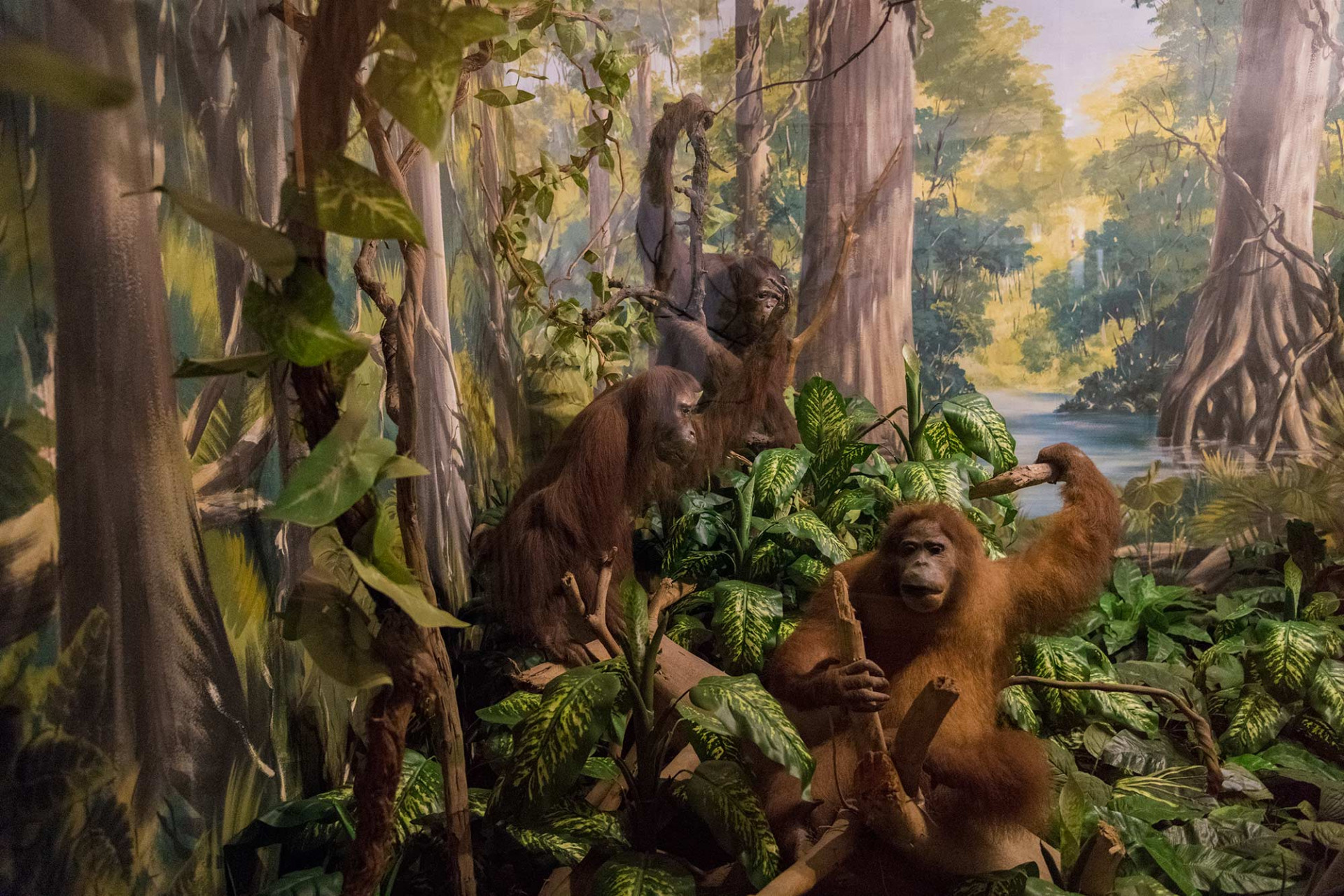The Gothic church of St. German was built in 1481. It was dedicated to the brave citizen of Pula who at the end of the 3rd century dared to object to the city administrator for intolerance towards the Christians and was thus sentenced to death. The feast day of this martyr is celebrated on May 30.
Renovated in 1911
The church was decorated with Gothic frescoes, but the entire inventory was damaged in a fire at the end of the 19th century. It was renovated in 1911 when a black and white mosaic from the Roman villa in Verige Bay was built into its floor. The following year the sacristy was added in the shape of a typical Istrian chapel with atrium - lopica in the walls of which stone fragments from the history of Brijuni were incorporated.
Opening of the exhibition in 1958
Since 1958 the church houses the exhibition of copies of frescoes and Glagolitic inscriptions from Istria and Kvarner that most clearly represent the cultural heritage of the Middle Ages of this area. Therefore, you can see in one place frescoes from Beram, Hum, Rakotule and Lovran, as well as the most significant stone inscriptions written in the Glagolitic script.
 Parks of Croatia
Parks of Croatia
 EU projects
EU projects English
English
